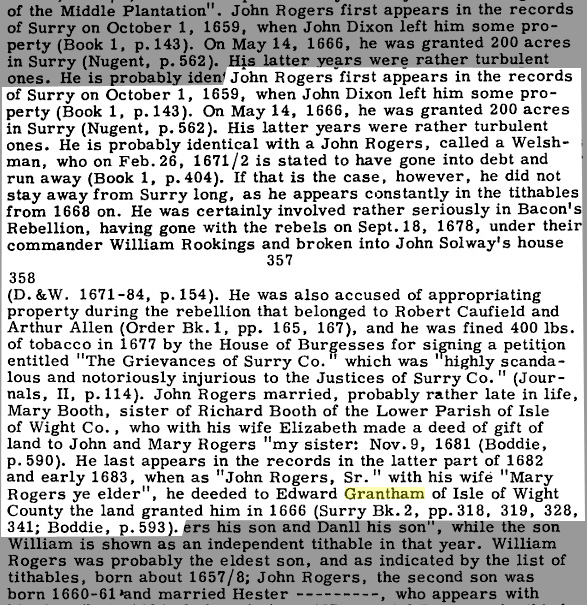Help make Short Mountain Distillery a reality
Tennessee has a long and rich tradition going back to the 1800s of producing some of the world’s premier distilled spirits. For more than a century, only two distilleries were legally allowed to provide the world with traditional Tennessee whiskeys.
Last year, the state legislature passed a law to help create jobs and open tourism opportunities to counties across the state by allowing legal distilleries like the world famous Tennessee brands Jack Daniel’s and George Dickel. This presents an opportunity that local farmers, land owners and small business owners want to see in Cannon County.
 Billy Kaufman, a local farmer on Short Mountain, and his brothers want to make this dream a reality by opening a distillery on his land. It’s called Short Mountain Distillery, a locally owned and family funded manufacturer that will create jobs and a sustainable relationship with farmers throughout the county.
Billy Kaufman, a local farmer on Short Mountain, and his brothers want to make this dream a reality by opening a distillery on his land. It’s called Short Mountain Distillery, a locally owned and family funded manufacturer that will create jobs and a sustainable relationship with farmers throughout the county.
Short Mountain Distillery will bring tourists through Woodbury’s downtown square and to the small batch distillery located on a ten acre parcel surrounded by farm land on Short Mountain in Liberty, TN. This opportunity will generate revenue that will stay in our community and help preserve and strengthen a way of life we’ve enjoyed for generations.
What You Can Do To Help:
Before we can make this happen, we need your help. We’re currently gathering signatures for a November ballot referendum asking the voters of Cannon County whether or not we want this growth opportunity for our community.
We hope you will sign our petition and then join us and say “Yes!” If you want to sign the petition or want to help, please contact us. If you are on Facebook, become a fan, and thank you for supporting opportunity for Cannon County!

















